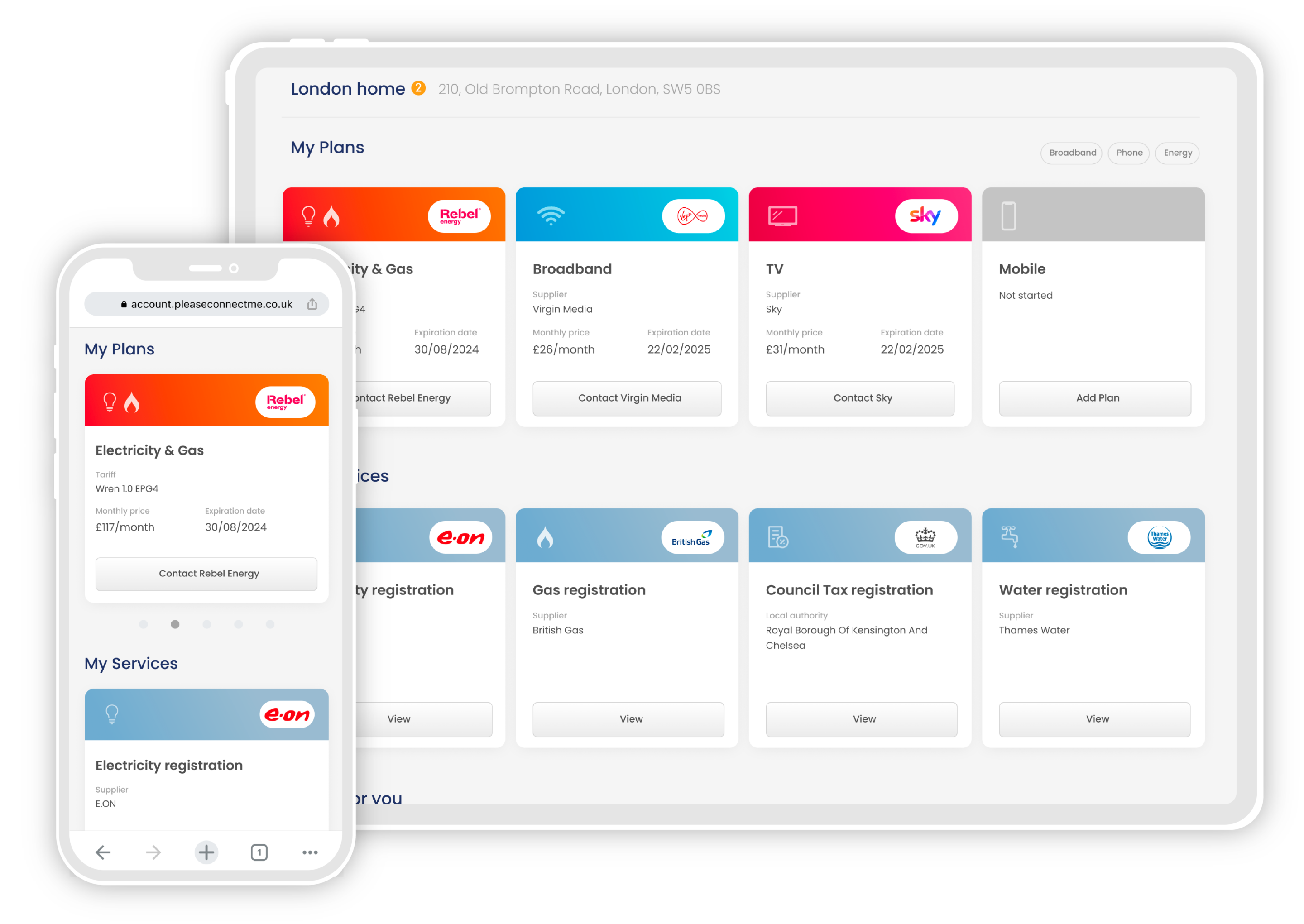Knowing how to bleed a radiator is crucial to keeping your heating performing at its best. Trapped air in your radiators creates cold spots, meaning they give off less heat. To save money on your bills and keep your home warm make sure you bleed your radiators regularly.
How to bleed a radiator
Bleeding a radiator is very simple. Look below for the tools you’ll need and other tips, then follow these steps.
- Turn your heating up to build pressure in your radiators and check for cold spots.
- Find which radiators need bleeding, then turn your heating off and wait for them to cool.
- Once the radiator is cool to the touch, place your key or screwdriver in the slot in the valve and then press a towel or rag against the valve. Keep a bucket underneath where you are working to catch any drips.
- Carefully turn your key or screwdriver anti-clockwise to open the valve. You should hear the hissing sound of air escaping, and it will take twenty to thirty seconds to release all the air.
- Once the air has been let out the valve will start leaking – or spurting – water immediately. Turn the key or screwdriver the other way to close the valve once it starts leaking.
- Repeat this process for every radiator with cold spots in the home. When you’re finished, turn the heating back on and wait for your radiators to warm up. Check again for any cold spots, and make sure that none of the valves are leaking water.
Why would I bleed a radiator?
While the name sounds dramatic, bleeding a radiator just means releasing trapped air. Bubbles of air in your radiators mean they can’t fill completely with hot water. This makes them less efficient, and you’ll need to turn your heating up higher to get the same amount of warmth.
How can I tell if a radiator needs bleeding?
To test the radiators in your home, start by turning on the heater as well as the radiator in each room. For the bleeding to work you’ll need to build up water pressure to force the air to the top, so your heating will need time to warm up.
Once your radiators are hot, feel along the front of each one, especially towards the top. Any cold spots indicate that there is trapped air and that the radiator needs bleeding.
What tools do I need to bleed a radiator?
There’s only one specific tool you’ll need, but it depends on the type of valve on your radiator. The valve is a round metal panel on the side of the radiator, in the centre of which will either be a square (as in the photo below) or a flat line.

If your valve is a flat line then you can open it with any flat-headed screwdriver, but if you have a square valve you will need a radiator key – you can see one in the photo above. If there isn’t a key at your property you can buy them in any hardware store or online for around £3.
How often should I bleed my radiators?
You should bleed your radiators at least once a year – the end of summer is a good time in preparation for turning the heating back on in winter. You should check your radiators regularly for cold spots every month, and bleed them again if you feel new cold spots.
If you find you’re bleeding your radiators more than twice a year you should contact a plumber. A little trapped air is expected, but if it’s happening that often you may have a bigger problem with your heating.
Read more about saving energy in the UK:













